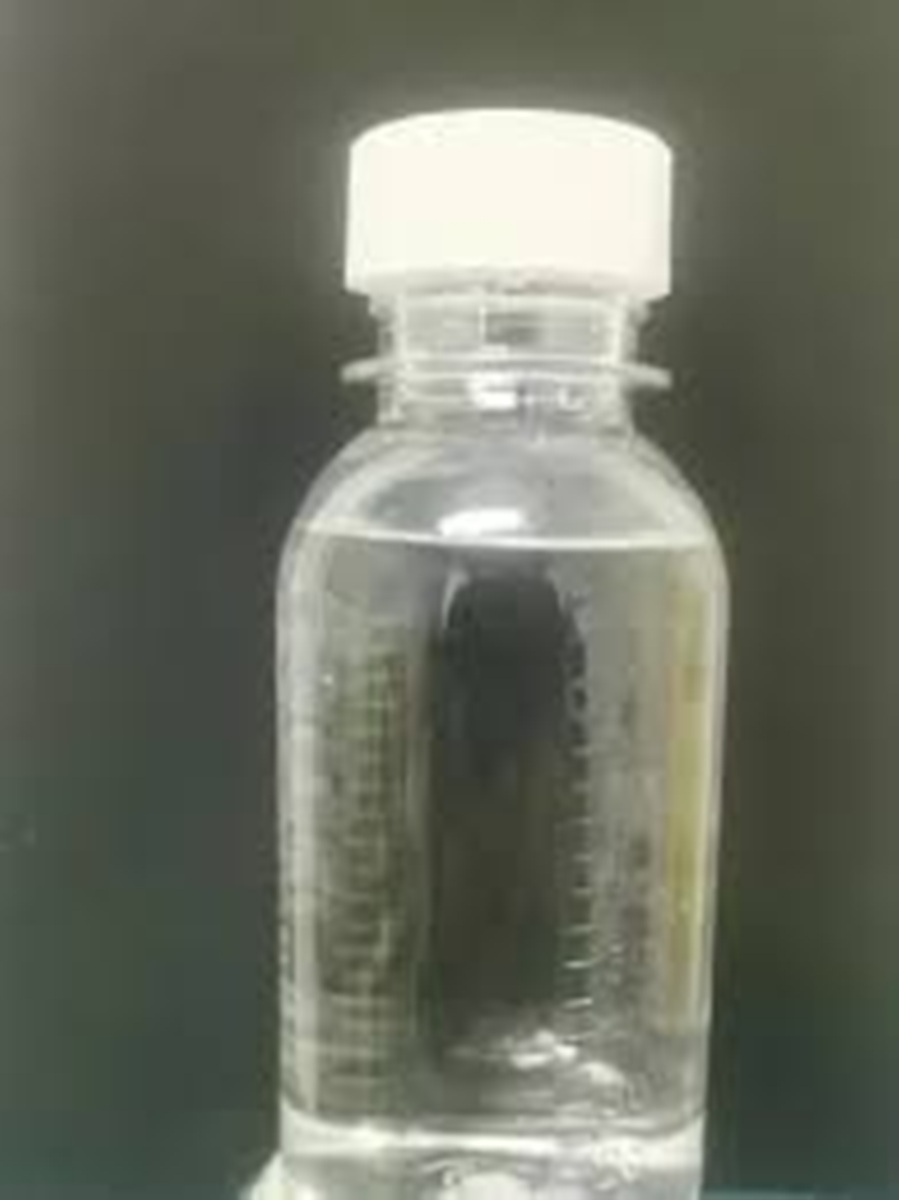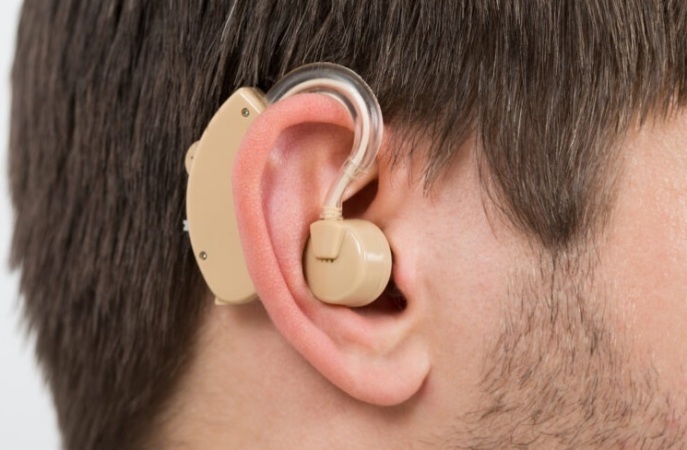
The global market for rheumatoid arthritis treatments is expected to grow at a CAGR of...
Learn More
Our consulting solutions address company specific challenges with respect to micro environment...
Learn More
Organizations frequently need day-today research guidancein order to gain strategic...
Learn More
Exploring different areas of market research and market analysis is a key factor...
Learn MoreAcute Market Reports presents the most extensive global business research services across industries. Our research studies focus on potential outcomes, benefits, and risks associated with each market segment across geographies. Having served our global clients for more than 10 years, our prime priority is to enable our clients in making well-informed business decisions through a data-driven, analytical, and uncomplicated research approach.
We provide access to the world's most comprehensive, analytical, and updated business intelligence services and solutions.




The ophthalmic examination chairs market is expected to experience a CAGR of 6% during the forecast period of 2025 to 2033, driven by factors such as the increasing prevalence of eye disorders, advancements in ophthalmic technology, and the growing d...
Read More
The trichlorosilane market is expected to grow at a CAGR of 9.3% during the forecast period of 2025 to 2033. Trichlorosilane (SiHCl3) is a colorless, volatile liquid primarily used in the production of high-purity silicon in the semiconductor industr...
Read More
OTC hearing aids refer to hearing devices that can be purchased directly by consumers without the need for a prescription or consultation with a hearing healthcare professional. The market revenue for OTC hearing aids has been steadily increasing as ...
Read More




